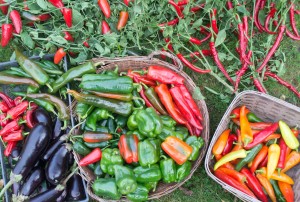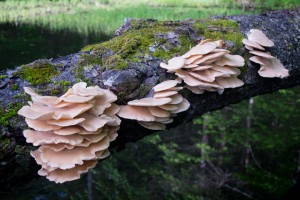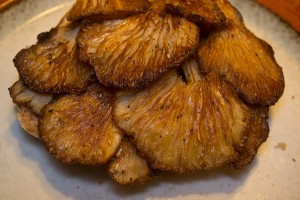
While I was putting a finish on the first pint of maple syrup of the season today, I also processed the peppers from last season. On a visit to New Orleans in November my friend Shannon introduced me to the idea of making Louisiana hot sauce. I had never considered doing this, but I had just harvested several gallons of Jalepeño peppers, so when I returned to Vermont I stemmed and seeded all the bright red ones, chopped them up and covered them with brine. The jar quickly started to produce bubbles of CO2, so I added a bubbler to let the gas escape but keep air and bacteria out. You can see it working in the video below.
Today I pureed it in the blender and added several tablespoons of red wine vinegar. Instead of just bottling it, I boiled it first. I guess that destroyed all the probiotic benefits the fermentation might have added, but I thought it might keep longer. I should have bottled some without boiling to see how it did. Continue reading “Hot and sweet”



